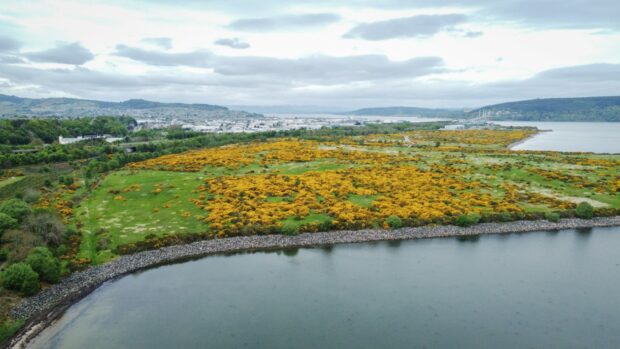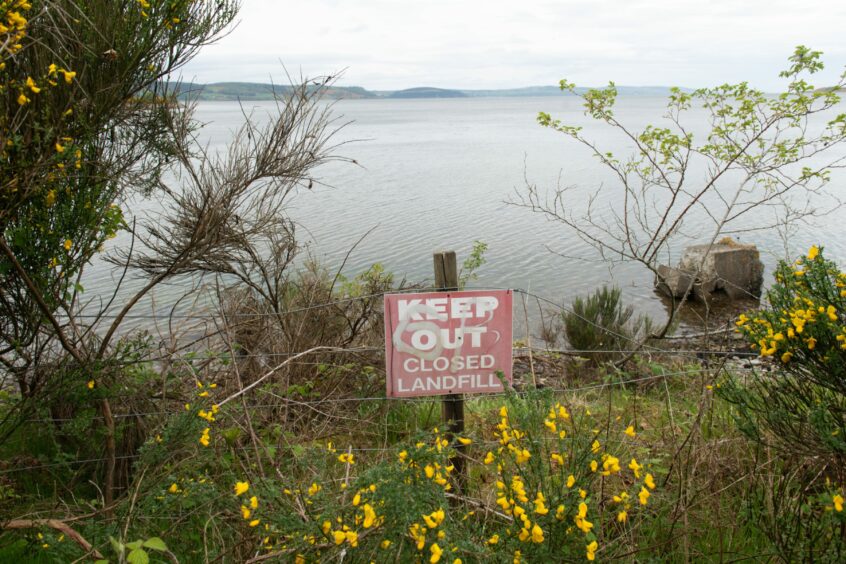Plans submitted to the Highland Council have outlined five sites in the Highlands which could be transformed into solar farms.
The proposals submitted to the Redesign Board are part of the council’s efforts to significantly reduce carbon emissions by 2035.
Five sites have been earmarked for construction with a combined development cost of nearly £30m.
- Wick – £4,752,430
- Brora – £1,568,302
- Tain – £6,178,159
- Inverness Torvean – £1,815,428
- Inverness Longman – £14,257,290
The sites would have a combined power output of 30 megawatts and save tens of millions of CO2 annually.
In addition, some sites could also house hydrogen and battery storage facilities to help achieve a better return on investment.
The Torvean and Tain are near high-energy use facilities like Charleston Academy, Inverness Leisure Centre and the Glenmorangie Distillery.
Development in two phases
The report reads: “It is widely recognised that a major proportion of Scotland’s solar development will need to come from the ground-mounted, utility-scale sector.
“To achieve a projected requirement of 6GW by 2035, solar farms would have to account for 3.5GW to understand the scale, this would equate to 14,000 acres of solar of the 10.7 million acres available with identifiable potential.”
If plans were to proceed, it would likely be in two phases, with Phase One being costings and land surveys for connection points to the National Grid.
Phase two will include environmental studies, benefit studies and a detailed and fully-costed business plan, presented to the Redesign Board for approval.
A council spokesman says there are currently “no timescales” for the project and that designs are at a “very early stage”.
However, there may be challenges in developing the Longman solar farm.
As a former landfill site, it is understood to still be contaminated, with Sepa monitoring the site.
‘Full evaluation’ of the Longman site to be carried out
No environmental studies have been carried out yet so the viability of the site is still possible pending a thorough assessment.
The council spokesman added: “In terms of the Longman we are looking to explore the usage of land where other types of development are not possible.
“The utilisation of old landfill sites for renewable development is something being considered in various parts of the country.
“A full evaluation of the sites suitability would be required as part of the investment business case.
“In the initial study, we have considered non-invasive methods of construction as a means to avoid ground penetration.
“This would be a consideration if detailed surveys found the existing ground cover was deemed unsuitable for penetration.”
A spokeswoman for Sepa said: “Providing that it does not compromise environmental protection, Sepa supports the principle of sustainable development of former landfills, including innovations such as solar farms.”



Conversation